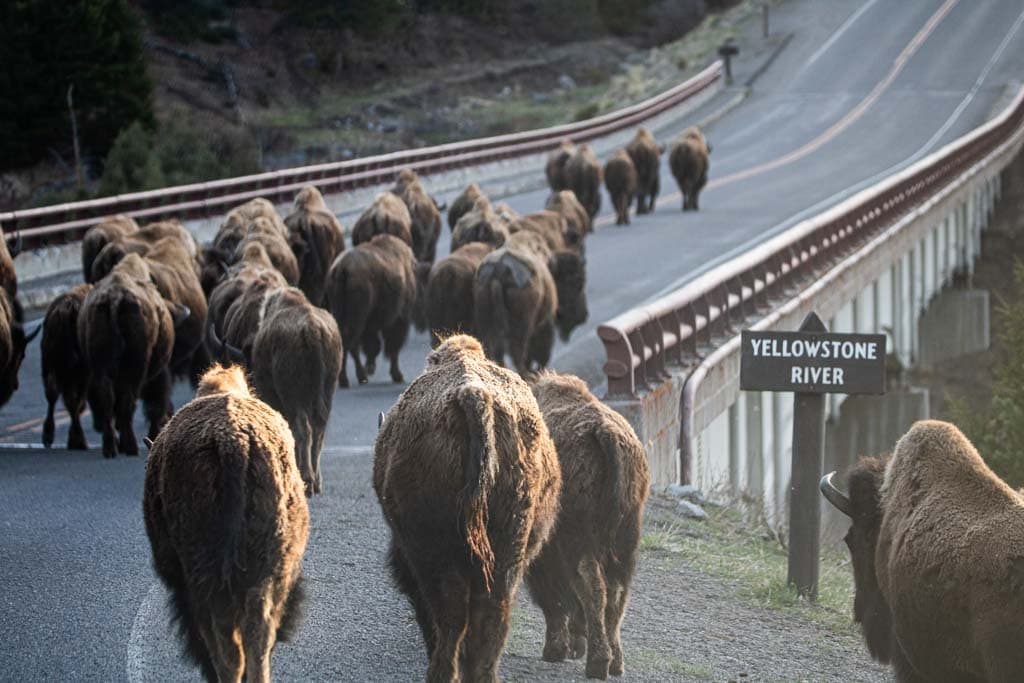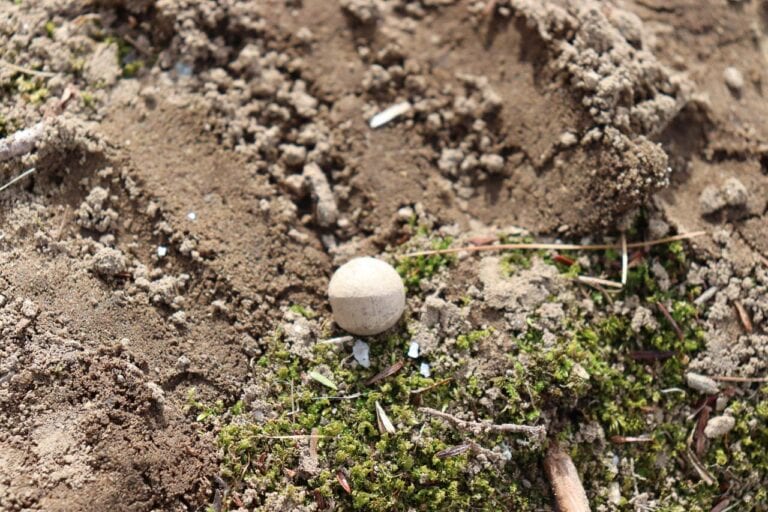Wildlife of Yellowstone’s Northern Range in 25 Photos
The Greater Yellowstone Ecosystem is famous around the world for its abundant wildlife and vast wilderness areas. Within that sprawling region, which also encompasses Grand Teton National Park, there’s one particular area that’s especially rich in wildlife: the Northern Range of Yellowstone National Park.
Yellowstone’s Northern Range spans much of the park’s northernmost area. It essentially encompasses all major rivers and streams in northern Yellowstone, including Soda Butte Creek, the Lamar River and its valley, the Gardner River and the Yellowstone River itself.
The Northern Range stretches from Mammoth Hot Springs to Tower-Roosevelt to the park’s most northeastern corner near Silver Gate.
Taking in the dry sagebrush-covered slopes around Mammoth, as well as beautiful Blacktail Plateau and the breathtaking Lamar Valley, it’s a wildlife haven unlike anything else in North America.
Map of the Northern Range in Yellowstone
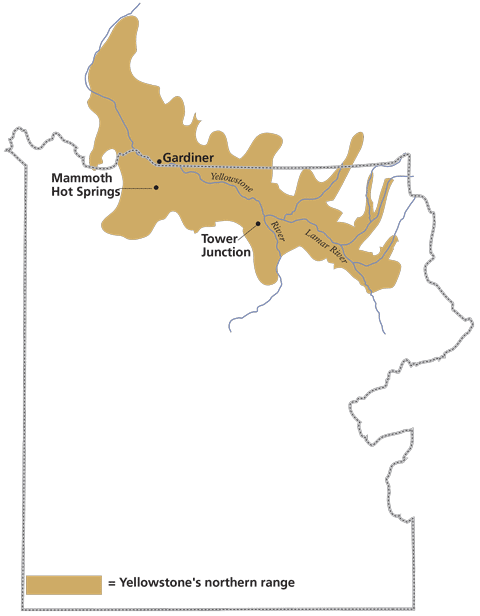
This post filled with Yellowstone National Park’s Northern Range wildlife photos contains affiliate links. You can read more about our Terms of Use / Disclosure here.
The “Serengeti of North America”
Although it encompasses only ten percent of national park, the Northern Range is “the hub of wildlife in Yellowstone National Park”, according to the National Park Service.
For example, this is where half of Yellowstone’s wolves live, while you can also see black bears, grizzly bears, coyotes, cougars and foxes. It’s one of—if not the—most carnivore-rich areas in all of North America.
Additionally, the Northern Range is the winter range of Yellowstone’s largest elk herd. It’s also a phenomenal place to see American bison in the wild.
Fun fact: Yellowstone National Park is the only place in the United States where bison have lived continuously since prehistoric times.
Other herbivores, both large and small, that roam the Northern Range of Yellowstone in vast numbers include bighorn sheep, pronghorn, mule deer and marmots.
So, it’s no surprise that the wildlife-rich Northern Range of Yellowstone has been called the “Serengeti of North America.” It’s the single best place in the United States to see all these animals in the wild, in their natural habitat, and interacting with each other.
Also, this is the only part of Yellowstone that’s accessible by car year-round. While all other roads in the park close for winter, the road between Gardiner and Cooke City remains open.
In other words, you can enjoy some world-class wildlife watching in the Northern Range literally every season, month and day of the year.
Especially spring is a great season to see wildlife in Yellowstone, with young bison and elk calves running around, bears foraging for food after hibernation, and wolves prowling the slopes. See some recommended spring hikes in Yellowstone here.
If you want to go on a wildlife safari in America, Yellowstone National Park’s Northern Range is the most spectacular destination to do it.
Read More About Wildlife Watching in Yellowstone National Park Here
25 Beautiful Photos of Wildlife in Yellowstone National Park’s Northern Range
Just to give you an idea of the sheer numbers of Yellowstone Northern Range animals you can see in just a couple of days, I’d like to share some of my own wildlife photos.
All photos below were taken in the timespan of just two and a half days in Yellowstone’s Northern Range.
Just for reference, as you enjoy all these Yellowstone Northern Range wildlife photos, you’ll travel across the area roughly from west to east. You’ll start at Mammoth Hot Springs and finish at the eastern end of the Lamar Valley.
Mammoth Hot Springs Wildlife
Most famous for its stunning hot spring terraces, boardwalks and historic district, Mammoth Hot Springs is also home to lots of wild animals.
From elk and bison to bears and various birds, when spending a day or two at Mammoth Hot Springs, you’re almost guaranteed to spot some iconic wildlife.
Bison and elk often come to the Mammoth Hot Springs Historic District to graze on its lawns, while nearby trails run through prime bear habitat.
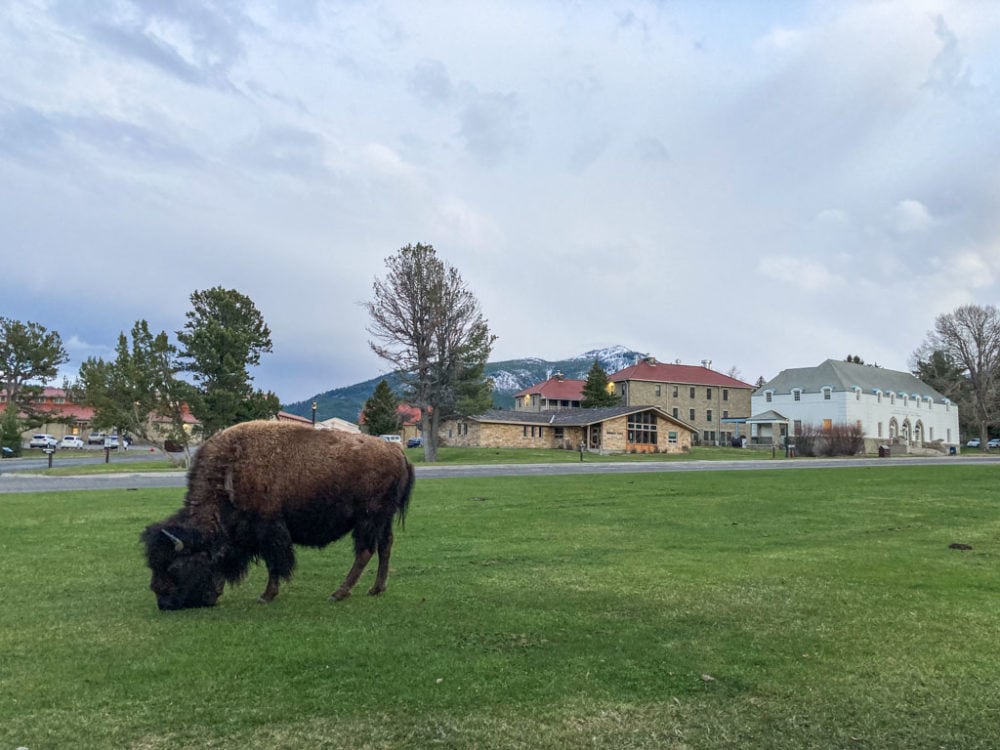
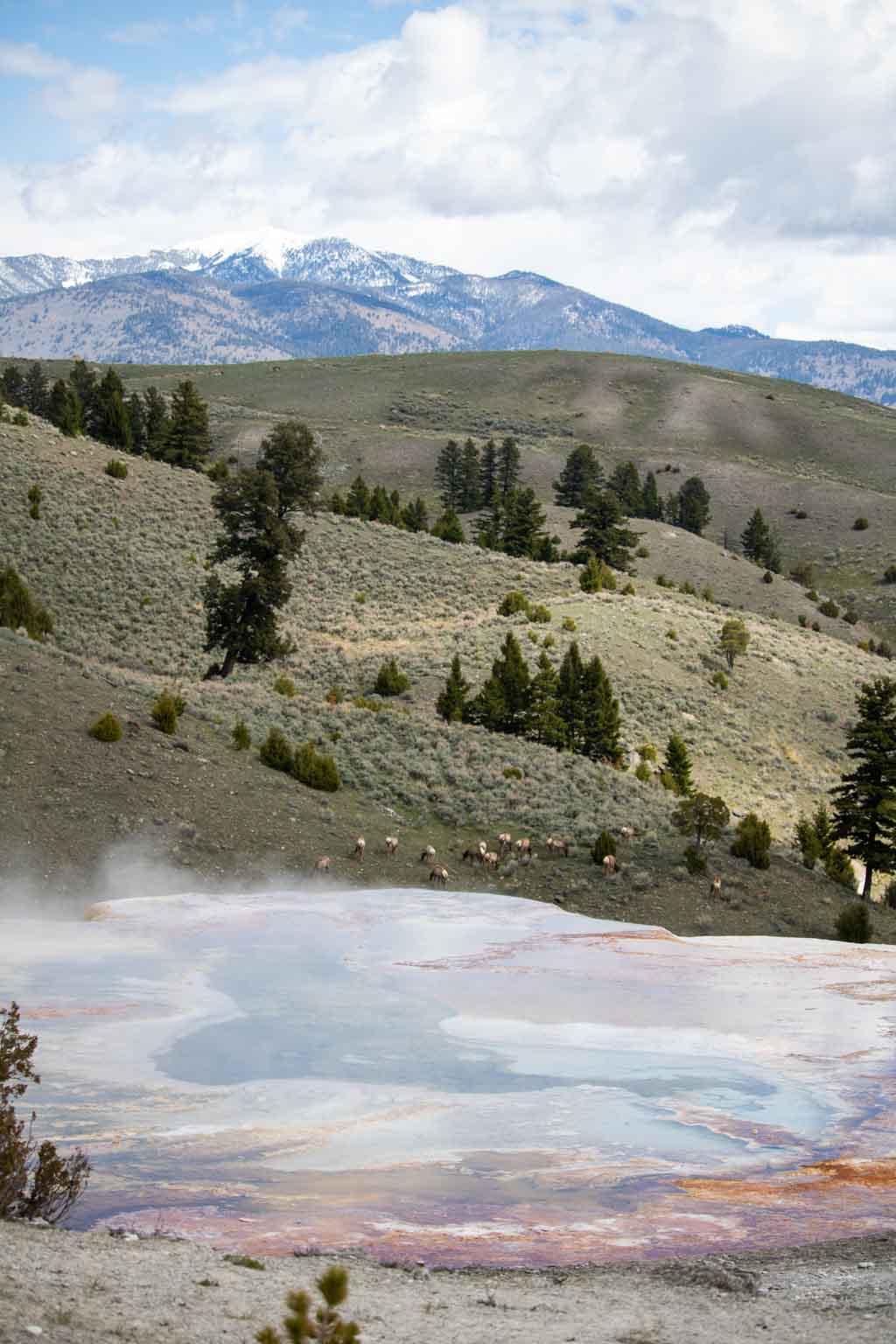
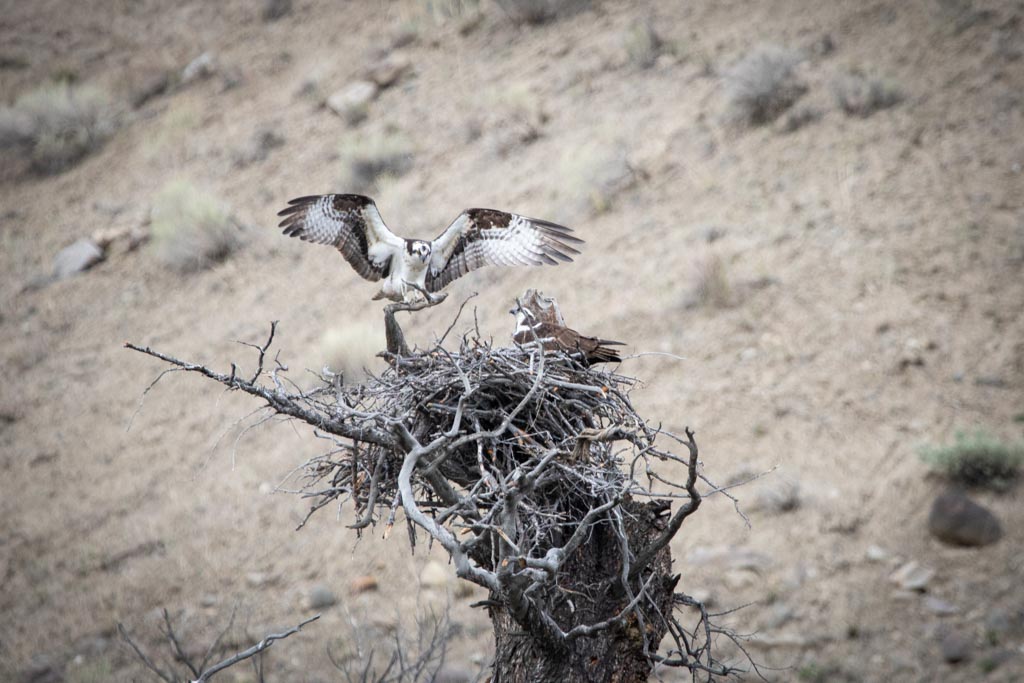
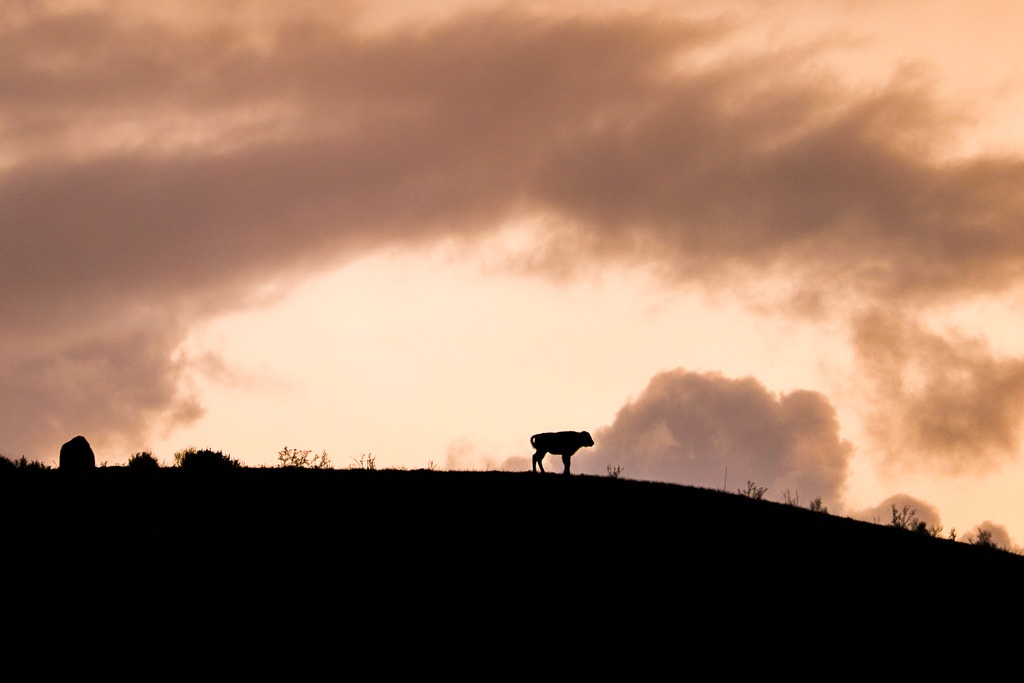
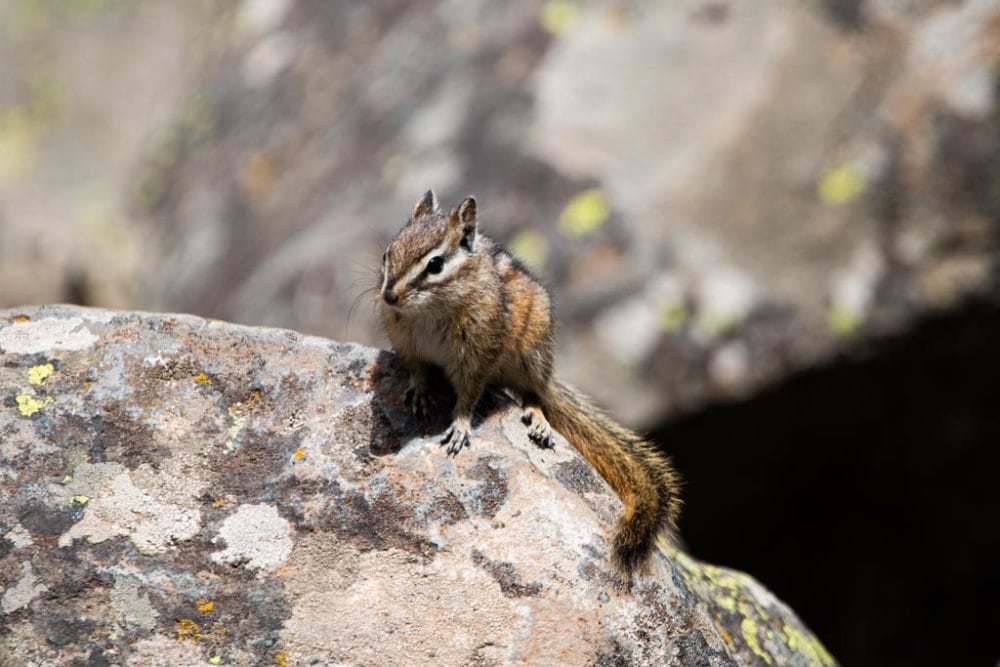
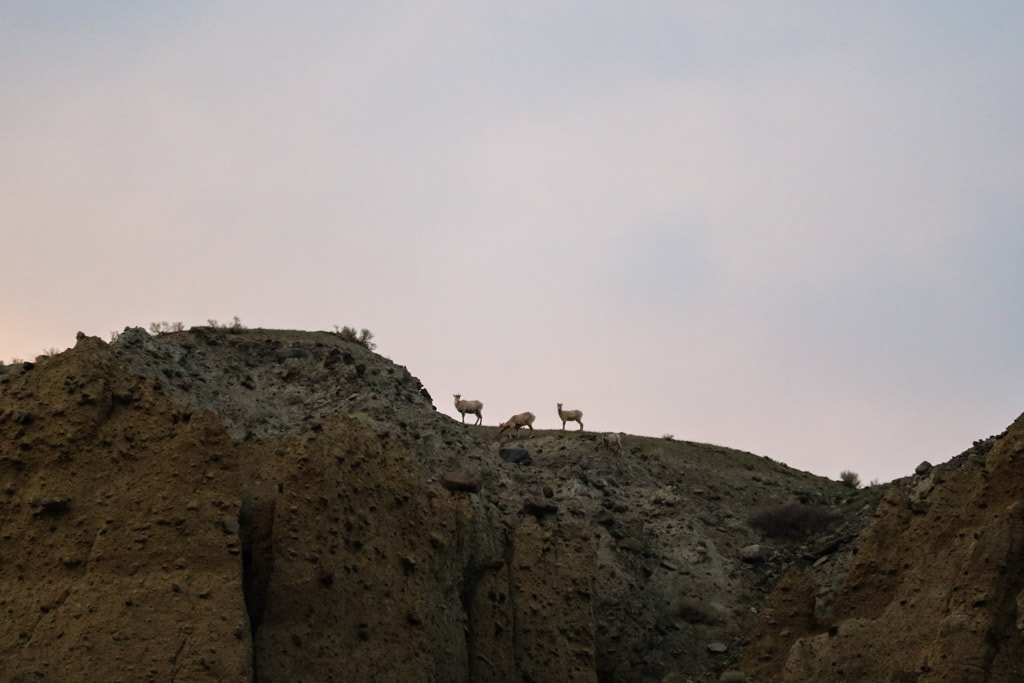
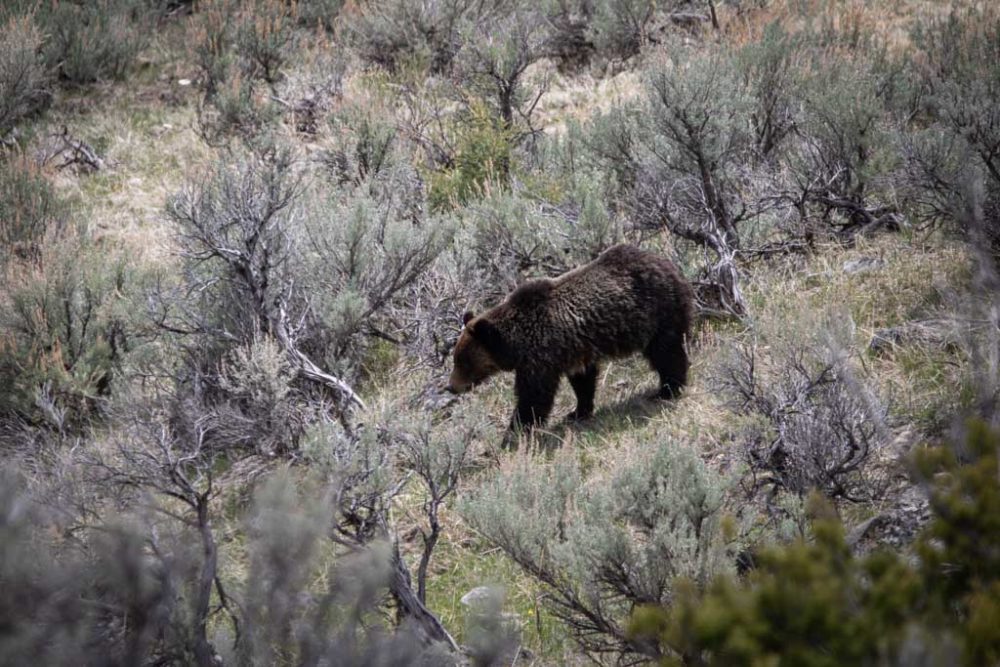
Blacktail Plateau & Tower-Roosevelt Wildlife
One of the most underrated areas in Yellowstone National Park, Blacktail Plateau features pristine forests, meadows and sagebrush-covered hillsides.
This might just be the best area in the park to see black bears, while other commonly seen animals include elk, mule deer and grizzly bears.
Tower-Roosevelt, on the other hand, is home to a historic village and lodge, riverside cliffs, waterfalls and grasslands. It’s well-known for its bighorn sheep and birds of prey. Bison are also very common here, as is the occasional bear.

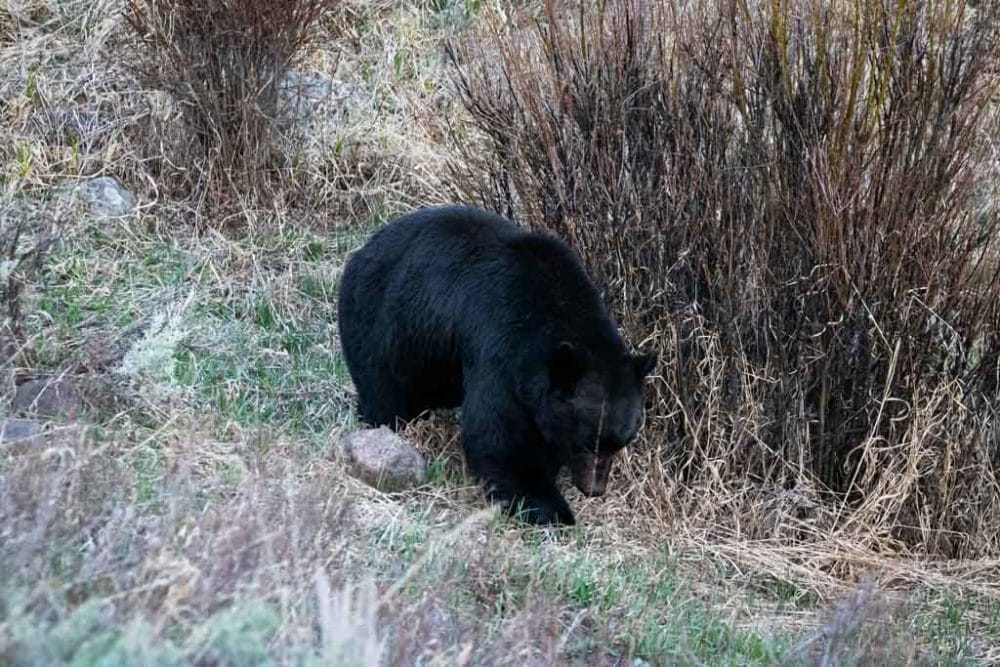
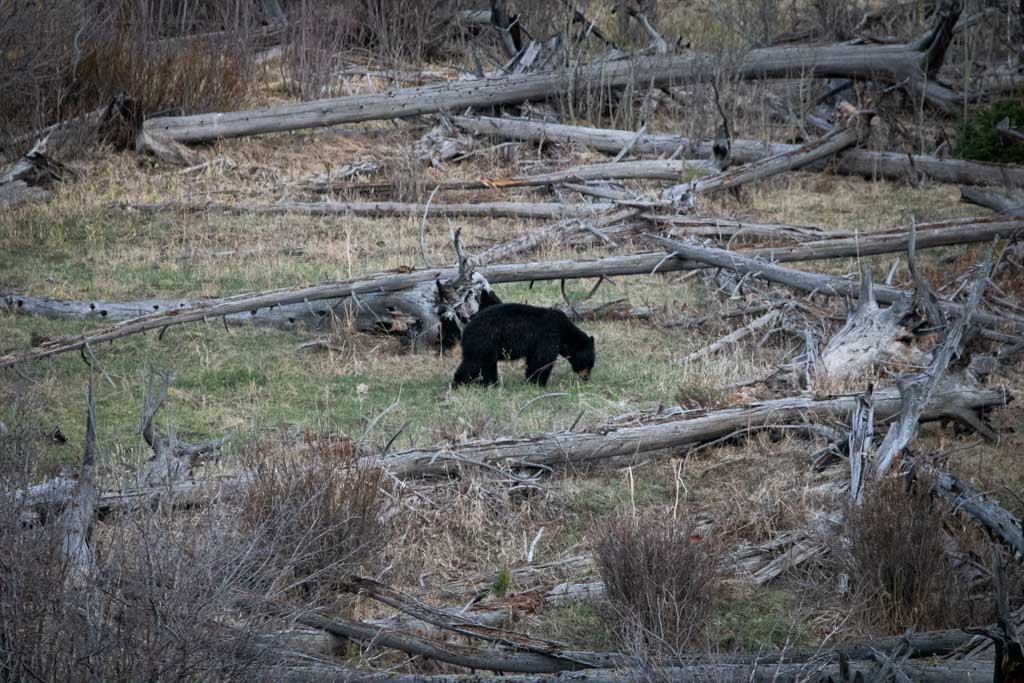
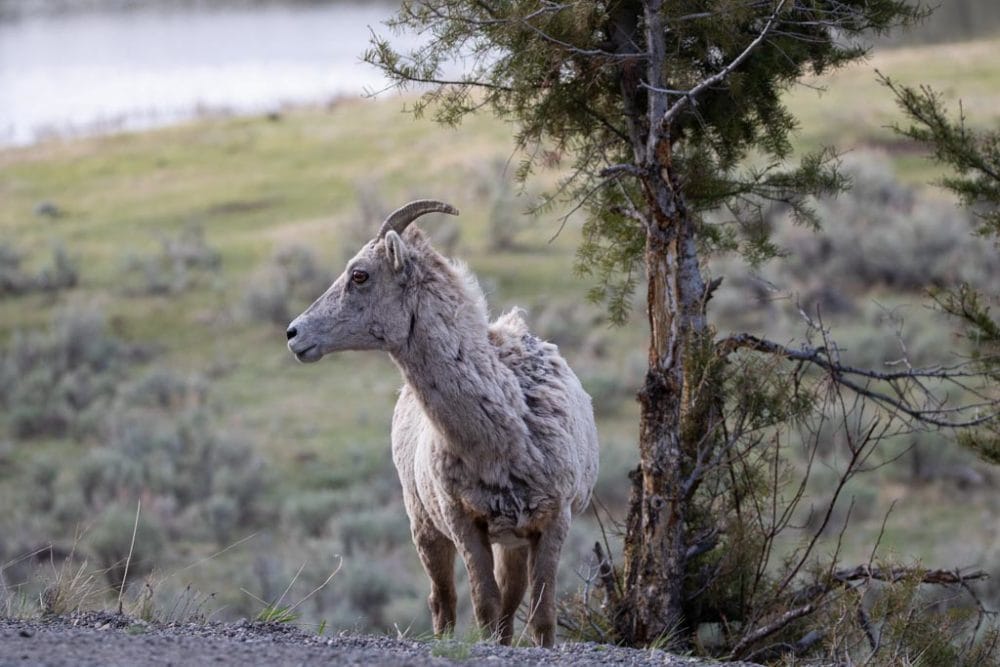
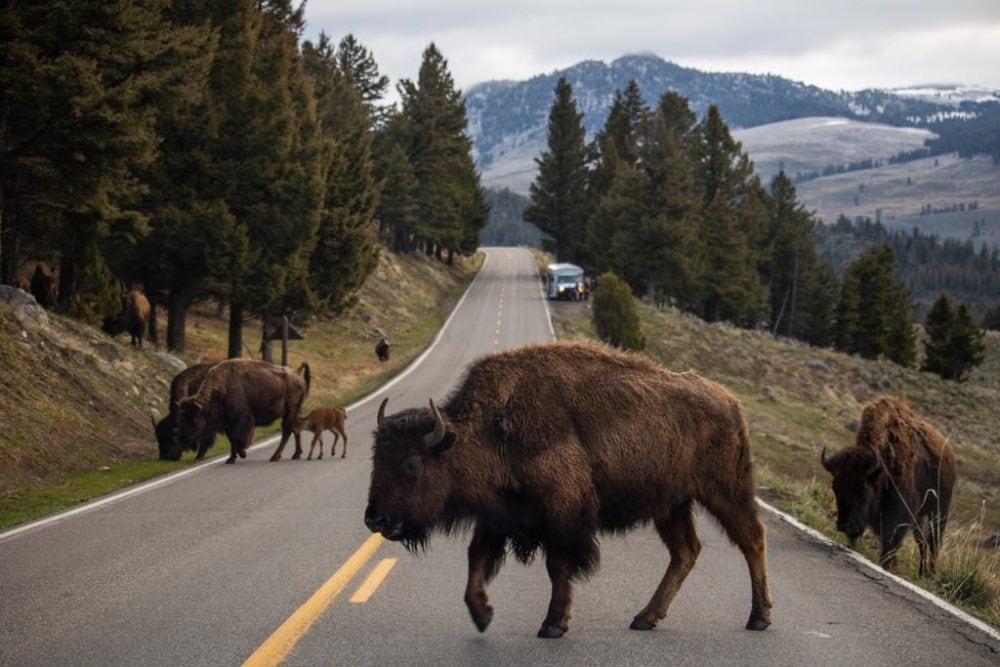
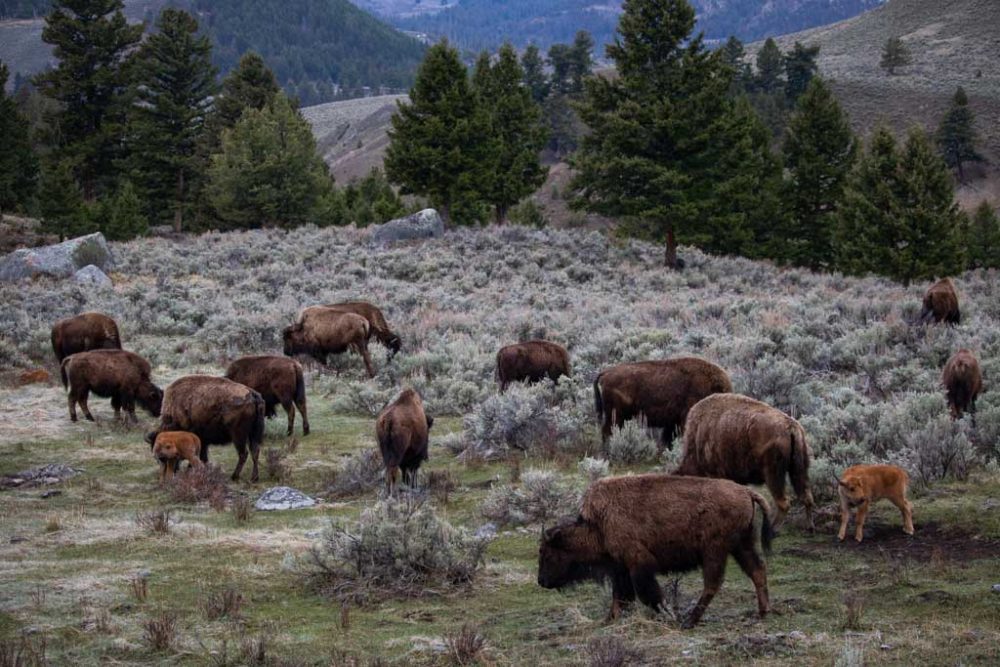
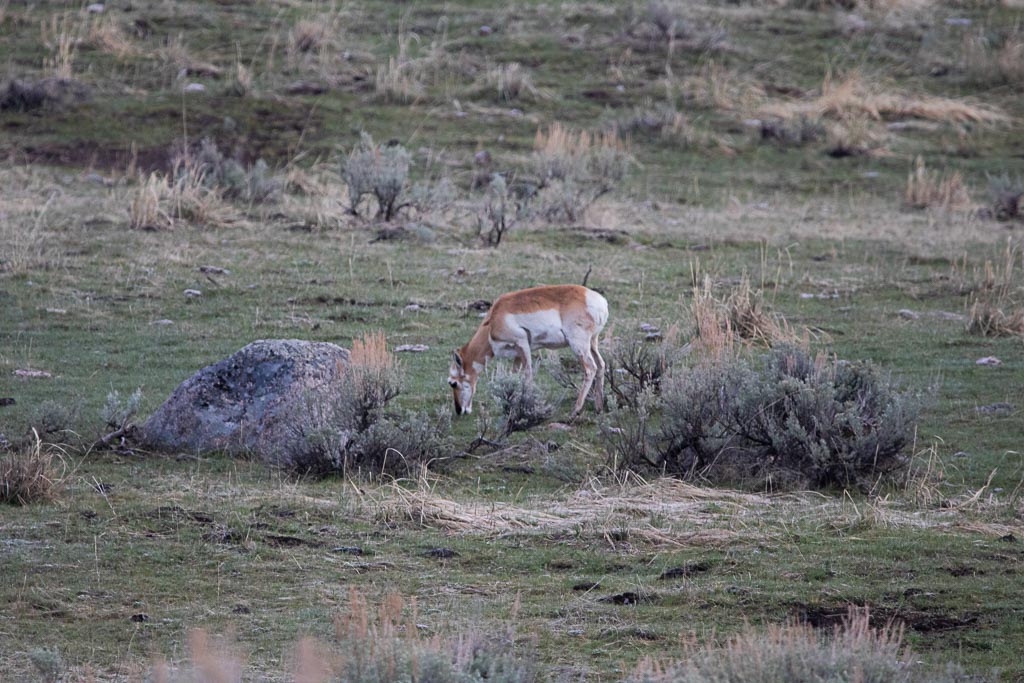
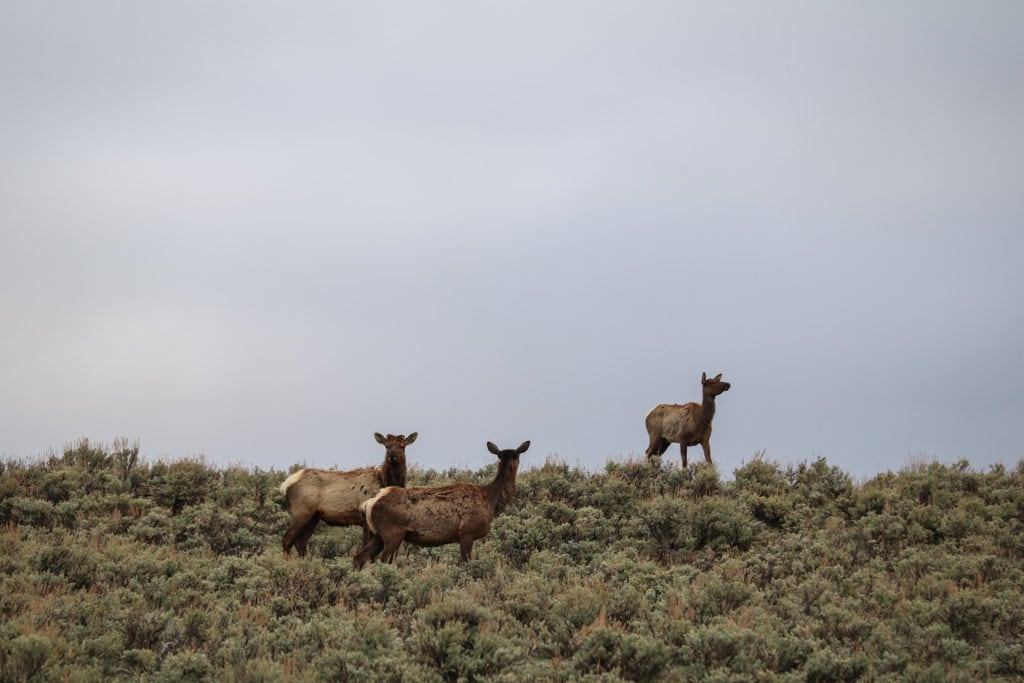
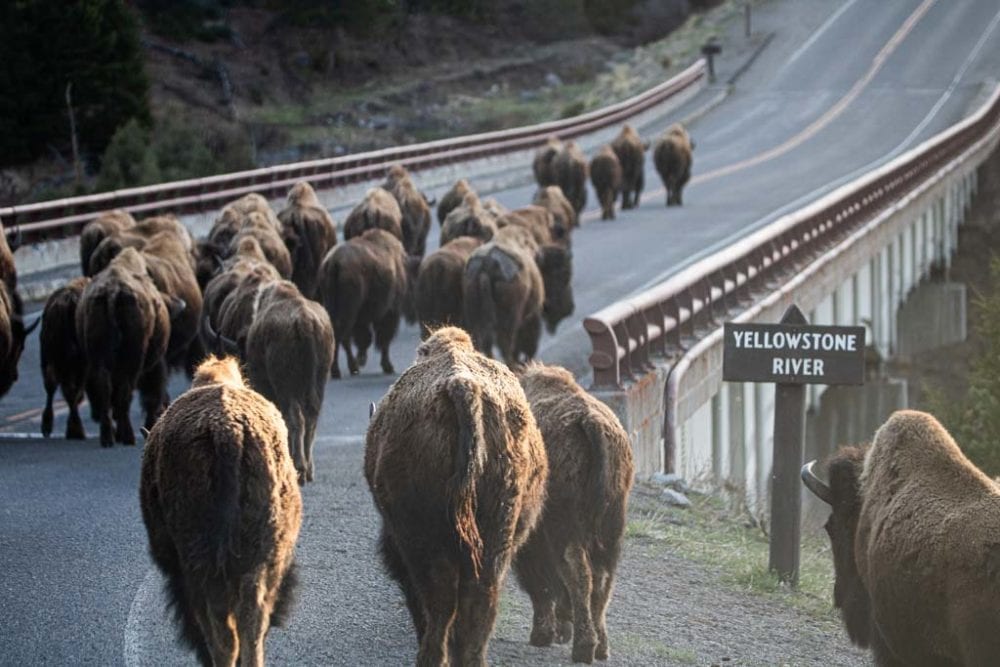
Lamar Valley Wildlife
Few places in North America, if not the world, compare to the Lamar Valley when it comes to accessible wildlife viewing.
In the entire Northern Range, this is the easiest place to see large game in vast numbers. You can always find bison here, while elk, bighorn sheep and pronghorn are also present.
Lucky visitors might spot a black or grizzly bear, a coyote or a fox. The main highlight in the Lamar Valley, however, is its wolves.
The permanent home of a number of wolf packs, it’s possibly the world’s best location to see these fascinating predators in the wild.
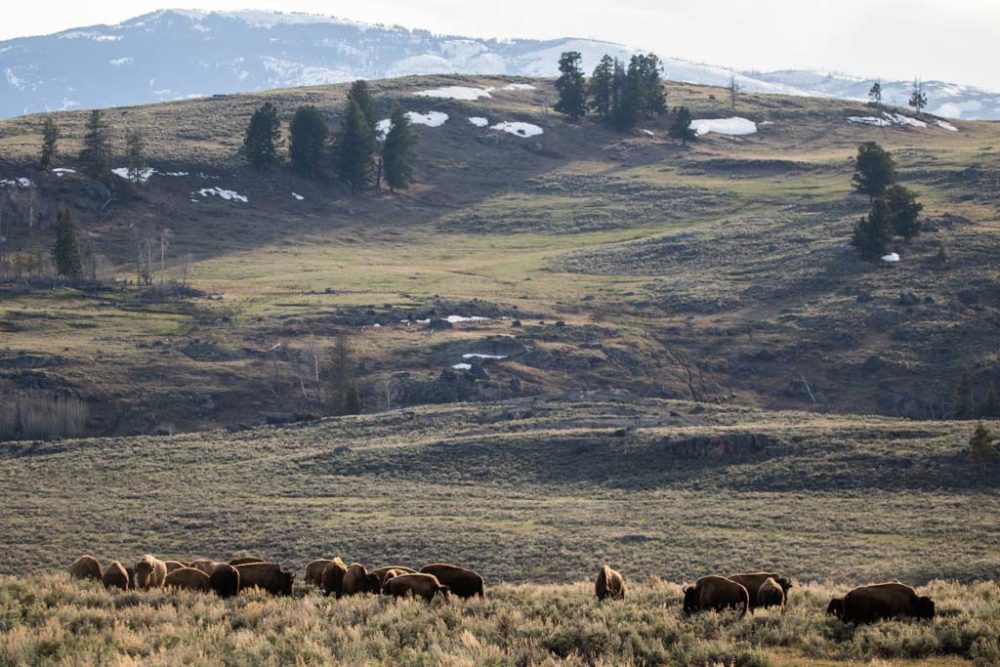
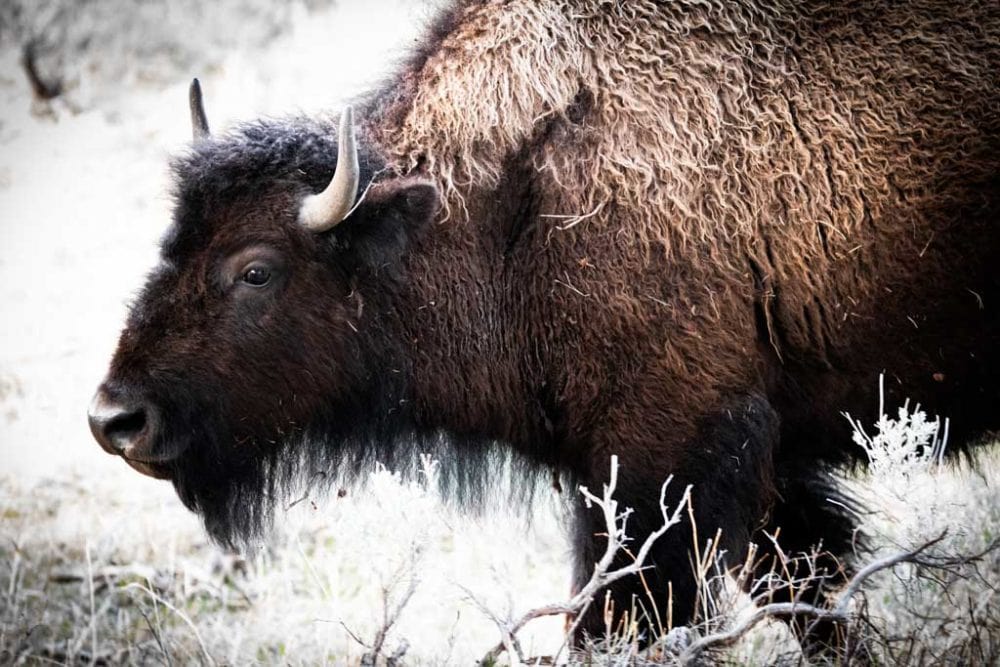
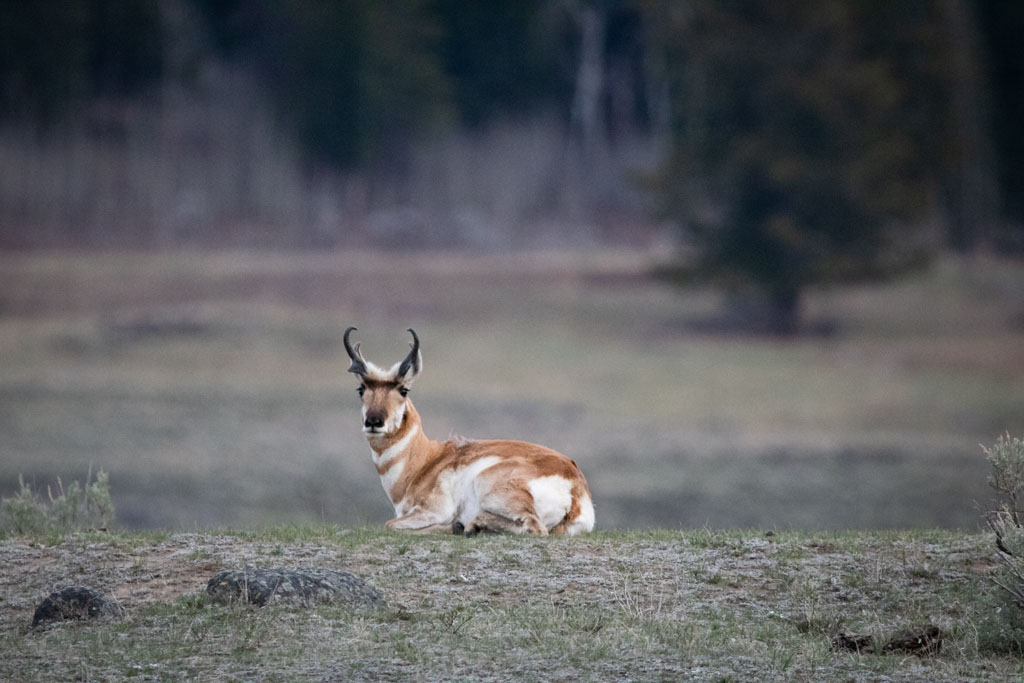
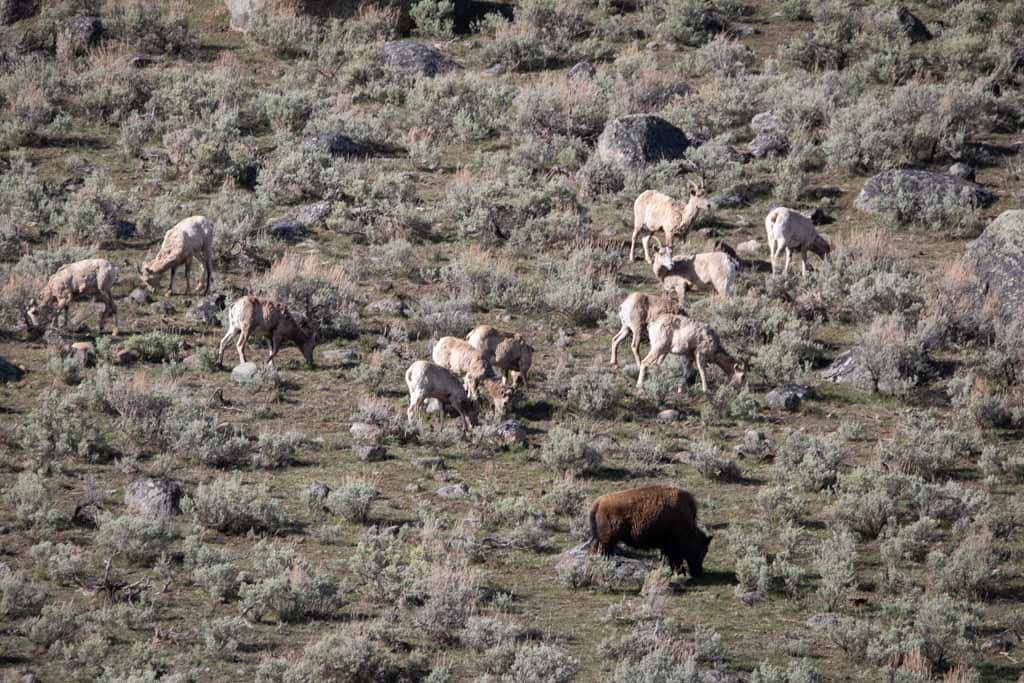
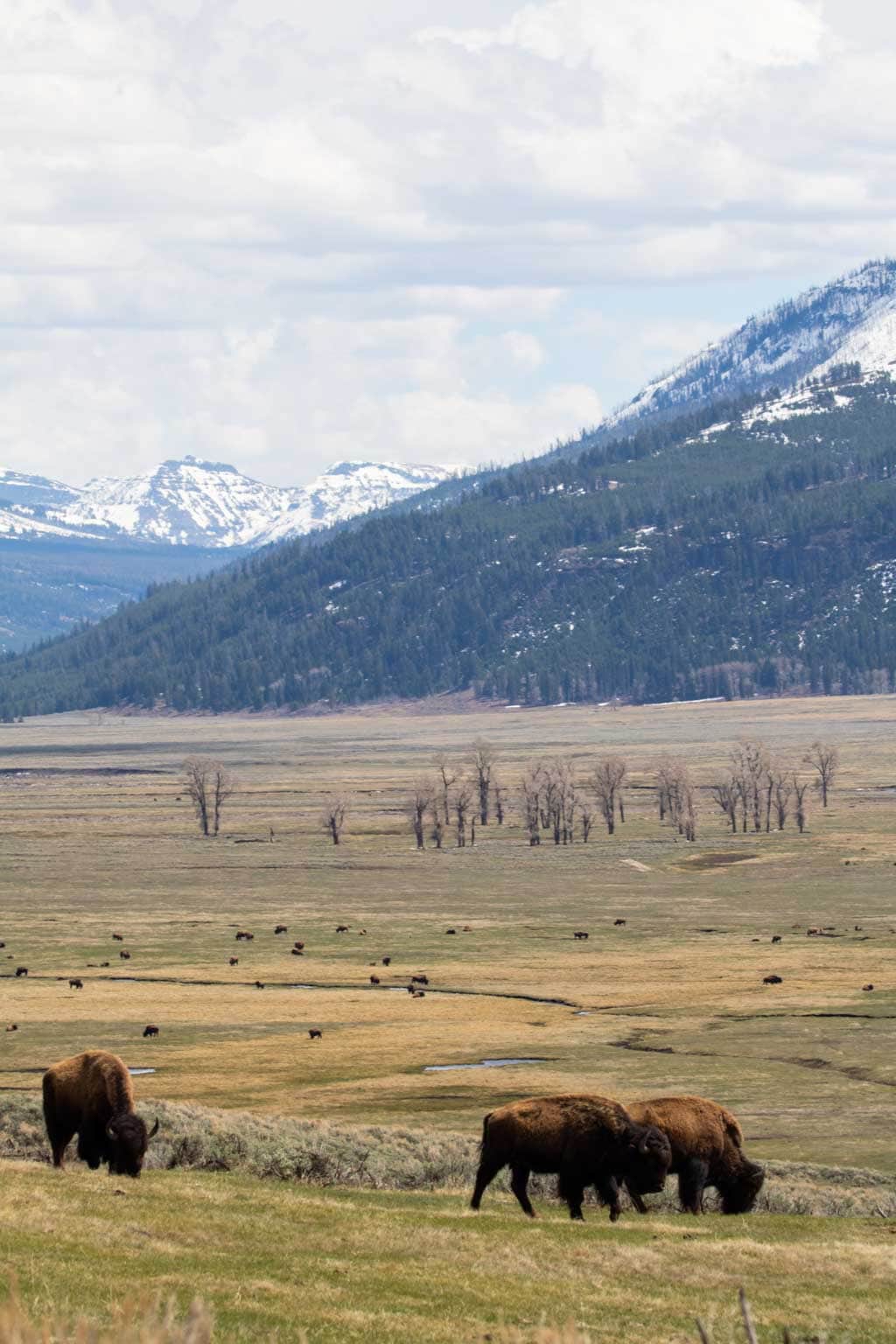
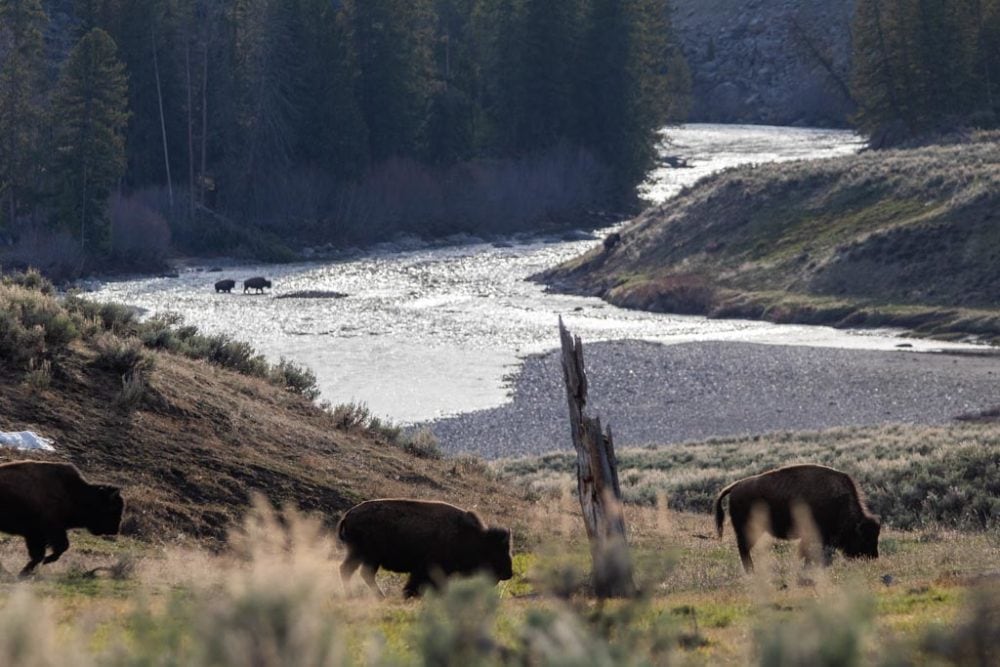
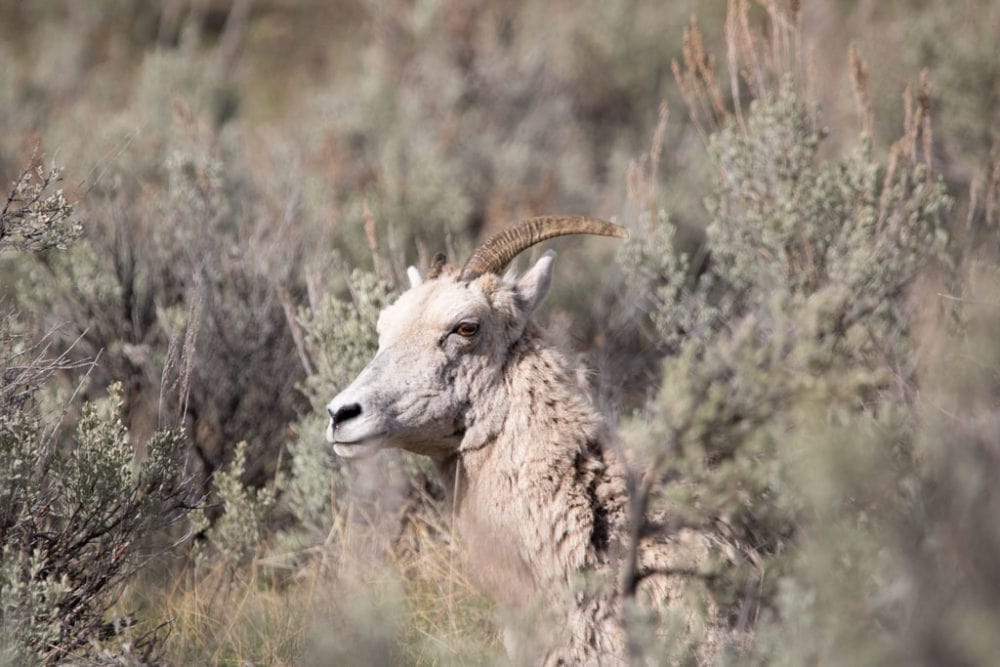
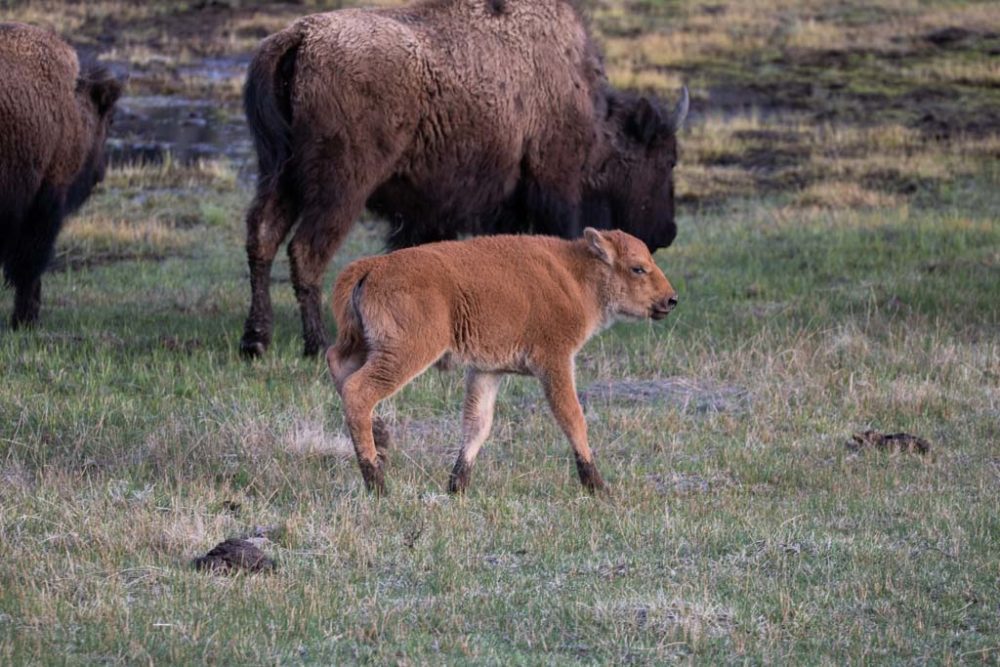

Recommended Books About Yellowstone National Park
- Yellowstone and Grand Teton National Parks (Full-Color Travel Guide) – Fodor’s Compass Guides
- Hiking Yellowstone National Park: A Guide To More Than 100 Great Hikes – Falcon Guides
- Empire of Shadows: The Epic Story of Yellowstone – George Black
- Deep Into Yellowstone: A Year’s Immersion in Grandeur & Controversy – Rick Lamplugh
- Yellowstone Ranger: Stories from a Life in Yellowstone – Jerry Mernin
- Decade of the Wolf: Returning the Wild to Yellowstone – Douglas Smith & Gary Ferguson
- The Reign of Wolf 21: The Saga of Yellowstone’s Legendary Druid Pack – Rick McIntyre
- Wild Rescues: A Paramedic’s Extreme Adventures in Yosemite, Yellowstone and Grand Teton – Kevin Grange
- Bring Jade Home: The True Story of a Dog Lost in Yellowstone and the People Who Searched for Her – Michelle Caffrey
- Taken by Bear in Yellowstone: More Than a Century of Harrowing Encounters between Grizzlies and Humans – Kathleen Snow
- Death in Yellowstone: Accidents and Foolhardiness in the First National Park – Lee H. Whittlesey
Wildlife Safety While Spotting Animals in Yellowstone National Park’s Northern Range
I probably don’t have to tell you that all the animals in Yellowstone National Park are, in fact, wild. But I’ll remind you nonetheless. For the safety of both yourself and the wildlife you’re watching, it’s important to follow a number of guidelines.
You really do not want to surprise a grizzly bear, approach a bison, walk through an elk herd or pet a wolf—just to name a few very bad ideas.
I recommend reading the following specific wildlife safety guides for more information about how to responsibly, successfully and, above all, safely watch wildlife in the Northern Range.

